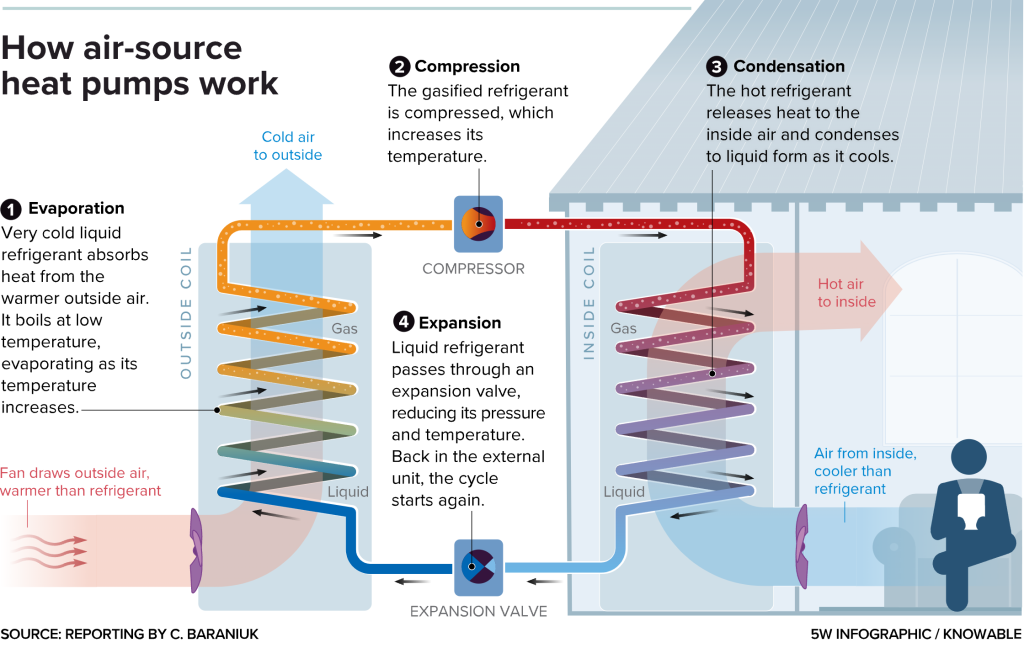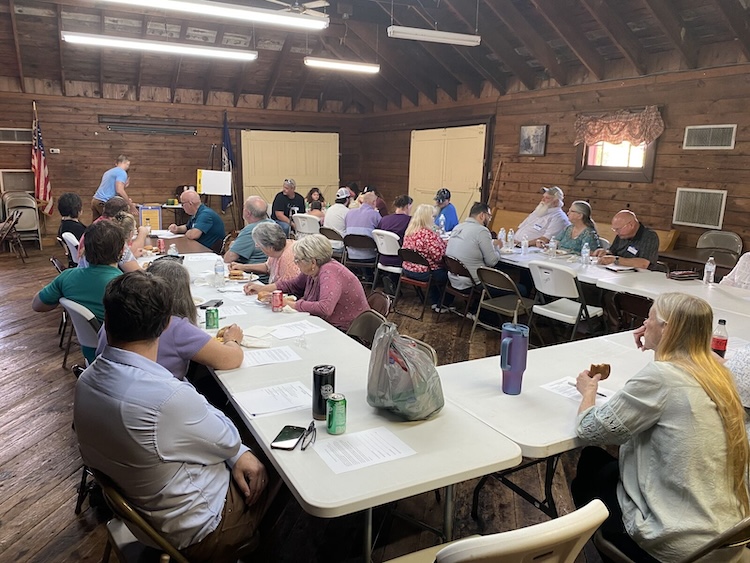Front Porch Blog
Updates from Appalachia

Beat the heat: How reliable solar energy is saving our summer
Renewable energy has emerged as a game-changer in boosting grid capacity and preventing blackouts while we crank air conditioning day and night as the summer grinds on.
Homecoming: Why rural community economic development matters
For too long, Appalachia’s small, rural communities have been largely left to experience their own slow decline in isolation.
Demystifying heat pumps
Curious about saving money and reducing your carbon footprint? Read on to learn about heat pumps!
Communities identify priorities during first listening sessions of multi-year project
In late April, Appalachian Voices started our first round of Community Strong listening sessions, part of a multi-year project to plan, design and implement community-driven projects.
Miners and advocates travel to Washington to ask legislators to strengthen black lung benefits
Recognizing the difficulty countless households have with these decisions, members of the West Virginia, Virginia, and Kentucky Black Lung Associations traveled in early May to Washington, D.C., to meet with legislators about the need to increase miners’ benefits, which have failed to keep pace with inflation.






